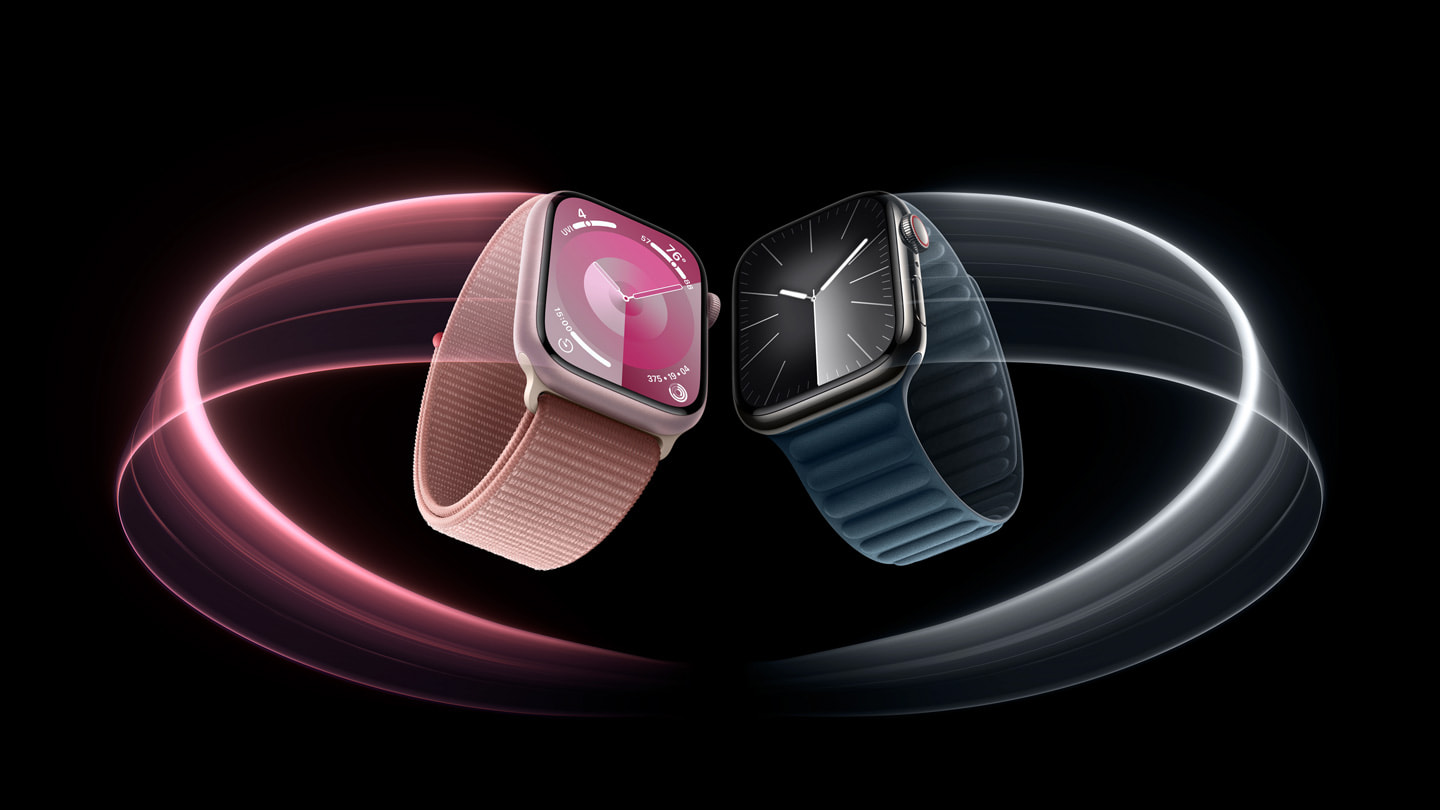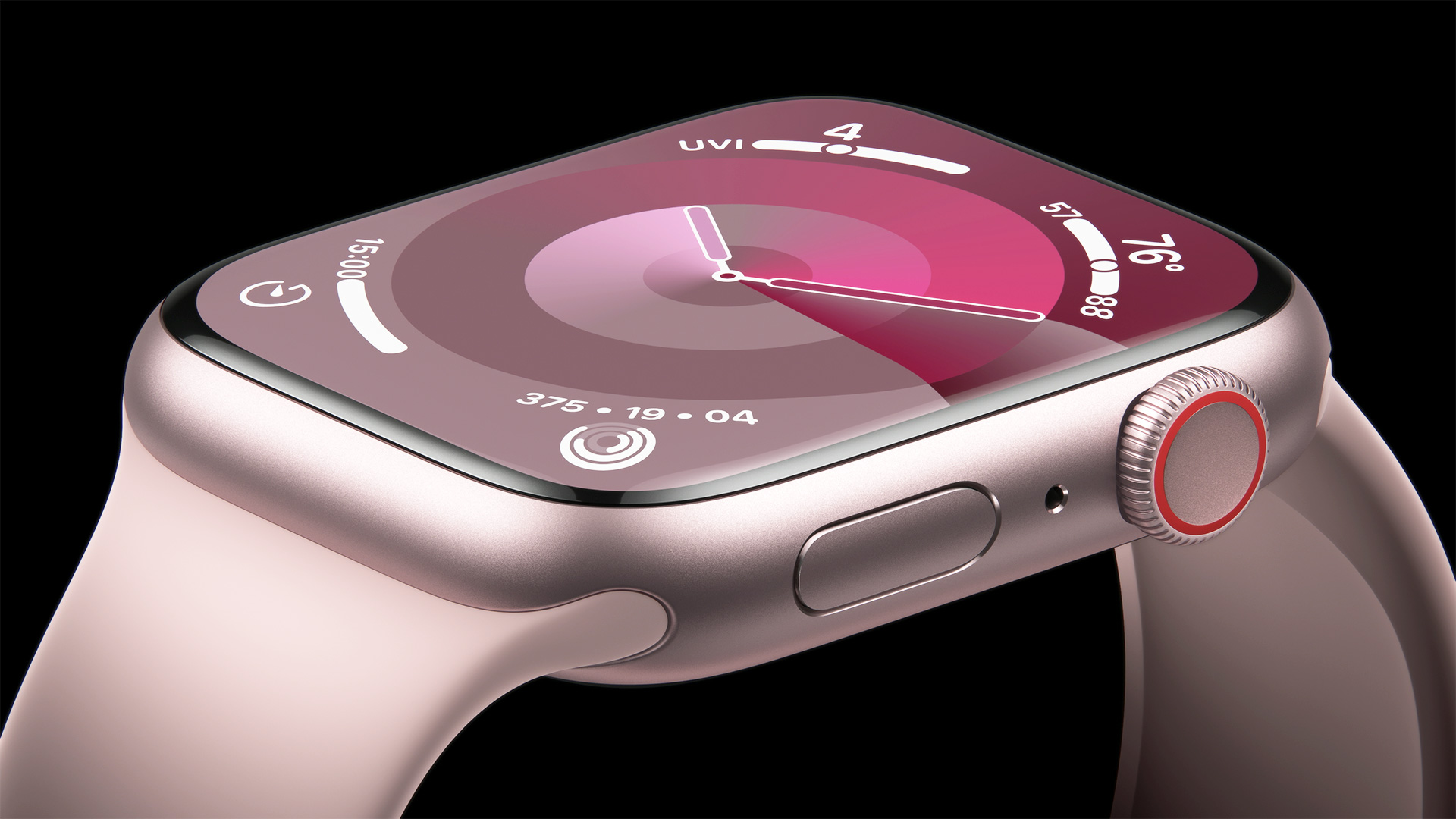Apple is introducing hypertension notifications to Apple Watch, marking the largest foray by the company into hearing health with a cuffless blood pressure monitoring tool. The feature looks at long-term trends, rather than providing instant readings, and is designed to encourage the user to seek clinical confirmation with a traditional cuff if persistent signs of high blood pressure are found.
What Apple is launching
The new feature uses the heart rate sensor in the watch to monitor how blood vessels are responding to each heartbeat over the period of weeks, in search of physical patterns that might signal an increase in blood pressure. Apple says the algorithm was trained on data from 100,000 participants and validated in a clinical study of more than 2,000 people, with an emphasis on trends over a 30-day window rather than momentary spikes.

When the system flags possible extended periods of hypertension, it issues a prompt for users to confirm blood-pressure elevation with a third-party home blood-pressure cuff and to share the reading with a clinician, in keeping with the American Heart Association guidelines for out-of-office measurement. Apple cautions that the feature is not a diagnosis, and it won’t catch all instances of being hypertensive.
Apple said it was working to obtain F.D.A. clearance. The notifications will be supported for Apple Watch Series 9, Apple Watch Ultra 2 and later, which are running the watchOS 26.
Why hypertension alerts matter
Hypertension is still the most prevalent cardiovascular risk in the world. The World Health Organization has estimated that approximately 1.28 billion adults have hypertension and many of them don’t know it. In the United States, the Centers for Disease Control and Prevention has found that almost half of adults qualify as hypertensive, but that only about one in four have the condition under control.
Because blood pressure varies and may be normal on brief office visits, this approach is included in growing clinical guidelines. The Task Force on Preventive Services recommends that elevated measurements be confirmed using ambulatory or home readings. A wrist-worn gadget that signals long-term patterns could help people realize an issue earlier and tap into care teams earlier, too.
How Apple’s approach compares
Apple’s notifications are based on trends and does not give a systolic/diastolic number on the spot. That sets it apart from traditional cuffs and from a small number of wearables that estimate blood pressure but must be calibrated on a schedule. For example, Samsung’s blood pressure feature on some of its Galaxy Watches requires regular cuff-based calibration to remain accurate, while Omron’s FDA-cleared HeartGuide relies on a miniature attached cuff to provide direct reads.
Apple is choosing scale over spot readings: by waiting for signals passively over weeks, the watch might surface a risk cue without users having to complete a measurement ritual. The catch is accuracy, which is why the machine sends users back to a real cuff before clinicians make decisions.

Under the hood, in plain(er) English
The watch leans on photoplethysmography—the same optical signal used to estimate heart rate—to deduce changes in vessel stiffness and pulse dynamics. By finding patterns that, in large datasets, are associated with higher blood pressure profiles, machine learning models are trained. In practical terms, it’s less about getting a single spike after a salty meal, and more about seeing a sustained pattern that suggests something may need a closer look.
Apple cautions that the system will not catch everything. Optical signals can be corrupted due to various forms of irregular rhythms, motion, skin perfusion, and the like. For 30 days closer observation, the company plans to normalise noise and minimise false alarms, while still capturing any significant trend.
Clinical context and safeguards
Most experts say wearable alerts are best as part of an early-warning system, not a replacement for medical tools. Home cuff logs are often coupled with notifications to cardiologists to follow treatment response over time. If used broadly, a trend-first approach system could pick up previously undiagnosed cases — particularly among those who don’t see a doctor regularly — and could reduce overdiagnosis on the basis of a single high blood pressure reading.
As with Apple’s other heart features, user control over data sharing is key. Health data is kept in the Health app and can only be shared with doctors at your discretion. That approach is consistent with the recently established norms of digital health, as well as privacy guidance from medical societies.
Availability and what will be in store for users
After it’s turned on, the feature establishes a baseline over weeks, then notifies users if their long-term behavior indicates potential hypertension. It will encourage them to follow up with a validated home cuff and perhaps to consult a health professional about the results. For those already being treated for hypertension, it might be a second check that prompts timely follow-ups, or reinforces adherence.
Big picture: Wearable blood pressure trends won’t ever replace the doctor’s office, but they could dramatically increase the number of people who realize they should make the trip. Because hypertension contributes to heart attack, stroke and kidney disease, even a modest increase in detection and follow-through could lead to real public health gains.

